Studies in Gems and Jewellery
This new series is in the same format as Studies in the History of Collections and Studies in Classical Archaeology and has the same publishers - The Classical Art Research Centre and The Beazley Archive in the University of Oxford and Archaeopress, the Oxford-based publisher of British Archaeological Reports. It is intended for studies in gems and jewellery from ancient to neo-classical, both monographs and the publication of contents of collections, and is inspired by the Beazley Archive's rich resources of gem impressions and casts, gathered first by Sir John Beazley himself, later by John Boardman, Martin Henig, and others.
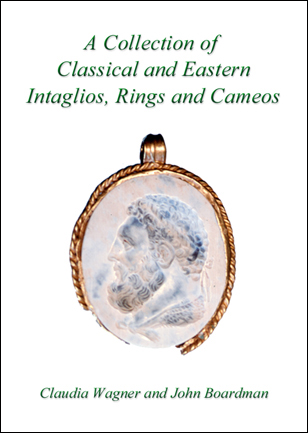
Volume I
A Collection of Classical and Eastern Intaglios, Rings and Cameos
by C. Wagner and J. Boardman
This volume publishes Classical and Eastern intaglios, rings and cameos, a selection from a private collection formed between 1921 and about 1970. Almost all are published here for the first time but they include examples from important earlier collections and several inscribed. They range from 3rd-millennium BC cylinder seals of Mesopotamia, to Neo-classical engravings of the 19th century AD, and include prime specimens also of Greek, Etruscan, Roman and Sasanian glyptic.
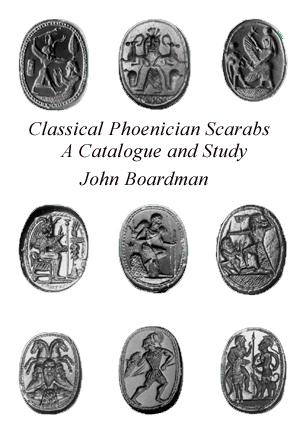
Volume II
Classical Phoenician Scarabs
A Catalogue and Study
by J. Boardman
This volume presents Phoenician green jasper scarabs found in the Mediterranean world, from excavations and in collections. They were being made throughout the period of the Achaemenid Persian Empire, from the late 6th to mid-4th centuries BC, and a case is made here for their production in Phoenicia itself, rather than in the Punic west, where most have so far been found.
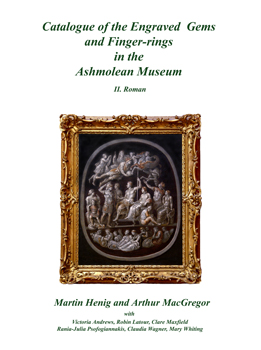
Volume III
Catalogue of the Engraved Gems and Finger-rings in the Ashmolean Museum II. Roman
by Martin Henig and Arthur MacGregor, with Victoria Andrews, Robin Latour, Clare Maxfield, Rania-Julia Psofogiannakis, Claudia Wagner, Mary Whiting
Oxford University's collection of Greek, Etruscan and Roman gems and rings, in the Ashmolean Museum, is one of the most representative in the world. This volume publishes the Roman gems and finger-rings; the Greek and Etruscan were published by John Boardman and Marie-Louise Vollenweider in 1978. The second volume offers full descriptions, comment and enlarged photographs. Bequests from important collectors, such as Arthur Evans, Charles Drury Fortnum and G.J. Chester have ensured that the full range of styles and engraving is represented in the collection.
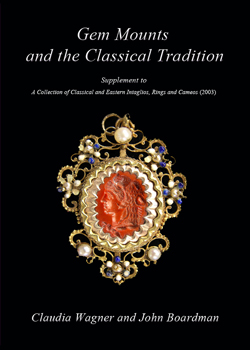
Volume IV
Gem Mounts and the Classical Tradition
Volume IV Gem Mounts and the Classical Tradition Supplement to A Collection of Classical and Eastern Intaglios, Rings and Cameos (2003)
by Claudia Wagner and John Boardman
This volume is a supplement to Classical and Eastern Intaglios, Rings and Cameos.
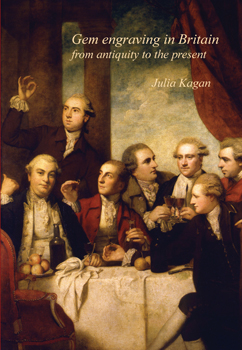
Volume V
Gem engraving in Britain from antiquity to the present
by Julia Kagan
ISBN 978-1-9037-6712-2
In this volume the author traces the history of gem engraving in Britain from antiquity to the present. By focusing on engravers, patrons and collections she introduces the reader to a rich corpus of material, assembled here for the first time in any detail. She places the gems and engravers in their historical and social contexts, while providing a sensitive art-historical interpretation. Gem engravers, their works, the relationships between workshops and individuals, are explored and charted meticulously, based on a lifetime of scholarship devoted to gem engraving.





